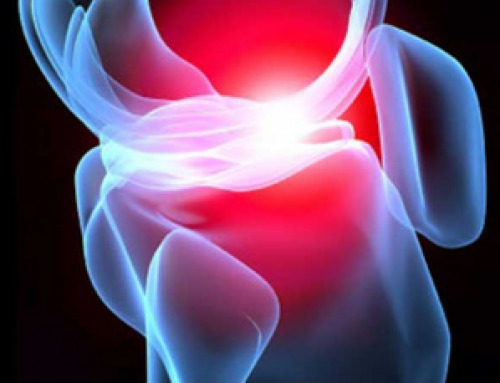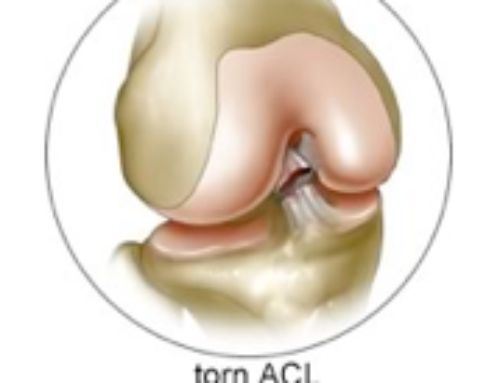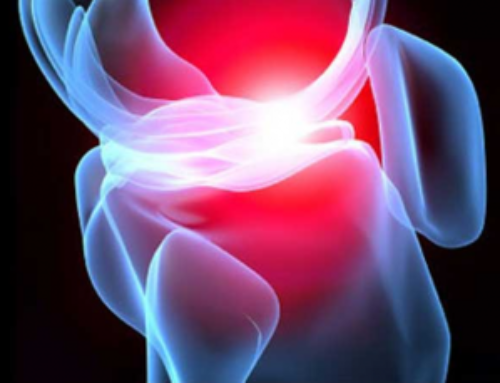ACL reconstructive surgery of the knee is not an uncommon procedure, but it is complicated. When it has been determined that surgery is needed, many factors contribute to which one of two possible approaches will be taken with either autograft or allograft reconstruction techniques.
Autograft is when donative bone and tissue is harvested from the patient’s own body for use in reconstruction, whereas allograft uses tissue from a cadaver. Each has advantages and disadvantages, and there are o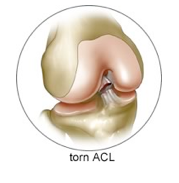 ccasions when both are required.
ccasions when both are required.
According to the Centers for Orthopaedics, ACL reconstructive surgery, when followed by rehabilitation, realizes results of 90-95% as good or excellent. Finding the best Los Angeles orthopedic surgeon is step one. In many instances the final decision of what grafted tissue to harvest is up to the physician and which procedure he or she feels more experienced and successful performing.
ACL autografts are harvested from one of three possible host locations. The first, patella tendon autograft is referred to as the “gold standard” and has been most popular since the 1980’s. Tendon tissue is extracted with bone from the patella (knee cap) to create a bone-tendon-bone graft. There is an advantage to fixing bone to bone; more stability, a tougher tendon, and slightly faster healing (6-8 weeks).
Disadvantages associated with patella tendon autografts include a painful donor site and an increased possibility of anterior knee pain and tendonitis even 6-12 months after surgery. People who kneel as part of 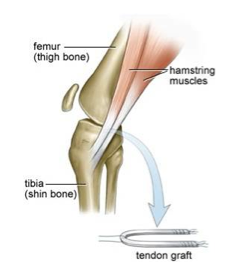 their work are not good candidates for this type of autograft as tenderness in the knee joint may prevail to some degree.
their work are not good candidates for this type of autograft as tenderness in the knee joint may prevail to some degree.
Hamstring tendon grafts, another alternative, are growing in popularity due to new graft fixation techniques that create a bond equally as strong as the patella tendon graft but with fewer side effects. This graft affixes tendon with the bone tunnel, creating a soft tissue surface that is attached and eventually absorbs into the bone.
The interference screws actually stimulate bone growth. Surgeons like the hamstring tendon grafts for younger candidates who are still growing. The procedure takes great precision to perform and because soft tissue takes longer to heal, recovery is slower to realize.
Another type of autograft, the quadriceps tendon graft is similar to the hamstring tendon graft, but involves harvesting a strip from the quadriceps tendon with bone blocks from off the top of the patella. Procedure and recovery are similar for any autograft, but this quadriceps tendon graft is preferred for revision ACL surgeries not first time patients.
Allografts offer another option in ACL reconstruction surgery and use tissue from cadavers rather than 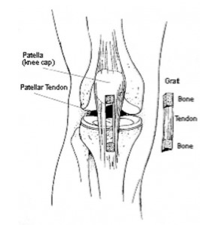 harvesting from the patient directly. There are definite advantages; less risk to the patient, no pain from harvest locations, fewer incision points therefore less scars, reduced post-operative pain and therefore quicker recovery.
harvesting from the patient directly. There are definite advantages; less risk to the patient, no pain from harvest locations, fewer incision points therefore less scars, reduced post-operative pain and therefore quicker recovery.
Allografts are not commonly used for first time ACL reconstruction and not recommended for those planning on returning to activities placing high demands on ACL.
Disadvantages to allograft ACL surgery involve risk of infection from cadaver tissue such as Hepatitis, HIV, and bacterial infections as the tissue cannot be 100% sterilized without damaging properties required for healing and growing.
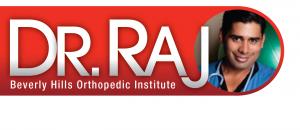 Other considerations such as the cause and nature of the ACL injury, age and health condition of the patient, activity level, smoking, and previous injuries will all factor in to whether autograft or allograft is best. Rehabilitation and physical therapy following surgery are always crucial to realizing maximum results and mobility.
Other considerations such as the cause and nature of the ACL injury, age and health condition of the patient, activity level, smoking, and previous injuries will all factor in to whether autograft or allograft is best. Rehabilitation and physical therapy following surgery are always crucial to realizing maximum results and mobility.


